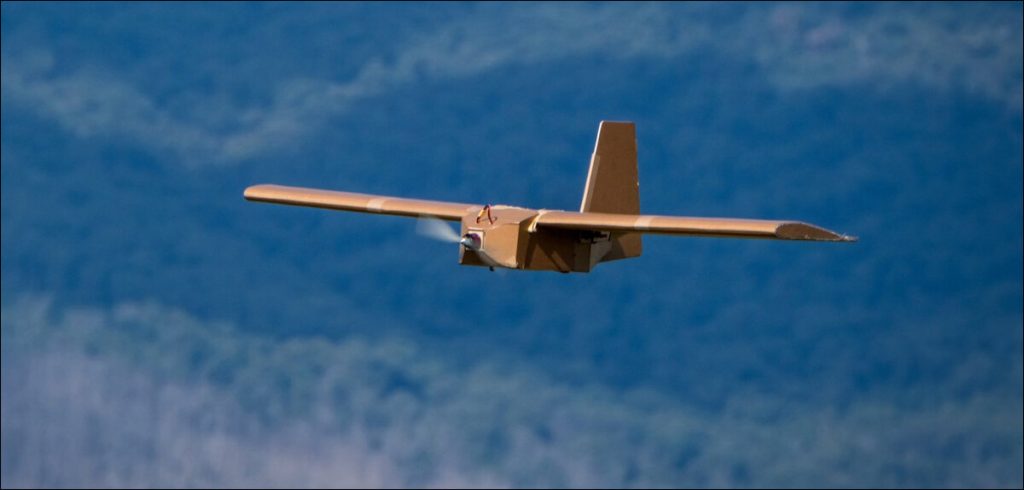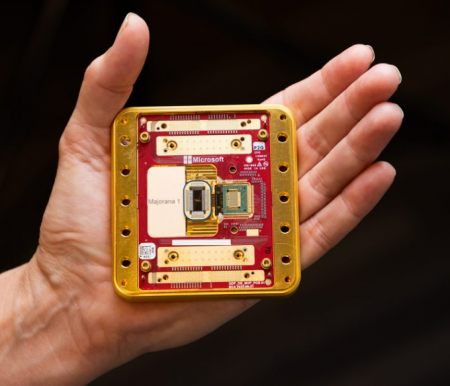Unbeknownst to us, the Uberization of war has already begun where cheap, everyday tech is turning the tide in battlefields finds Satyen K. Bordoloi.
The top hatch of a USD 5 million T-14 Armata Russian tank is open. Above it, a tiny drone barely costing a few hundred dollars, hovers undetected, aims and drops a grenade making it explode. In other viral footage, kamikaze drones do not drop anything, instead drive themselves and thus their cargo straight into these expensive metal boxes. Tanks, one of the most potent weapons of war for over a century, have been upended by a tech toy invented barely a few decades ago.
Australian company SYPAQ Systems is providing Ukraine with something stranger: inexpensive drones made of cardboard. Called Corvo PPDS (Precision Payload Delivery System), these drones are flat-packed and after launch can fly up to 75 miles, and land without assistance, by themselves.
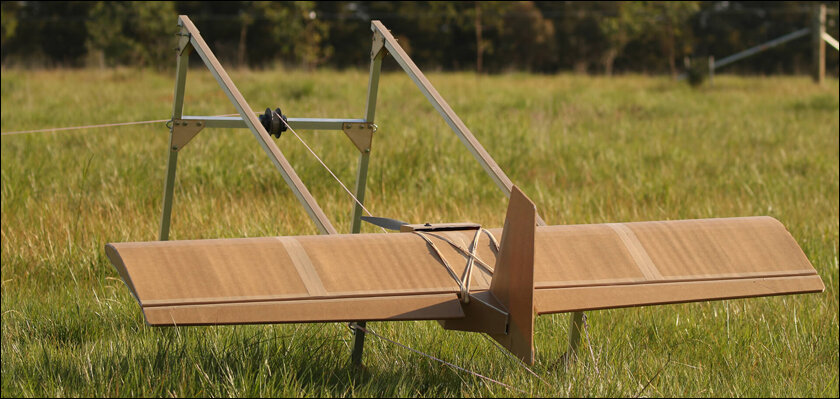
These expendable drones have a dual responsibility. Officially they are meant to provide supplies and equipment to areas that cannot be serviced traditionally during war. But with inputs from the Ukrainian military, the systems have been adapted for intelligence, surveillance and reconnaissance missions, and to drop bombs as well.
Albert Einstein once said that “I know not with what weapons World War III will be fought, but World War IV will be fought with sticks and stones.” Whatever happens to WW 4, we now know what WW3 will be fought with: inexpensive but potent technology.
Beyond Sci-Fi
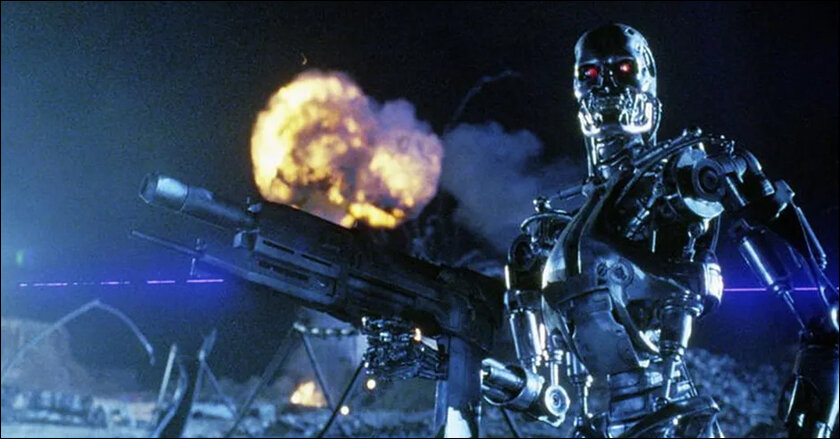
Every sci-fi film about future warfare, shows it as a battlefield of sophisticated, expensive machines. Each is a variation of the first scene of Terminator 2: Judgment Day where a metal robot crushes a human skull as it, and expensive flying things above, look for humans to kill.
The truth is turning out to be anticlimactic. The Ukraine-Russia war is the first war this millennium being fought by adversaries with wide access to technologies beyond those considered essential for war. It has hence become an on-field demonstration of what technologies will work in such a war, with the data collected already shaping future warfare. What we see is an Uberization of warfare with civilian tech finding its way into the battlefield.
Uberization of War
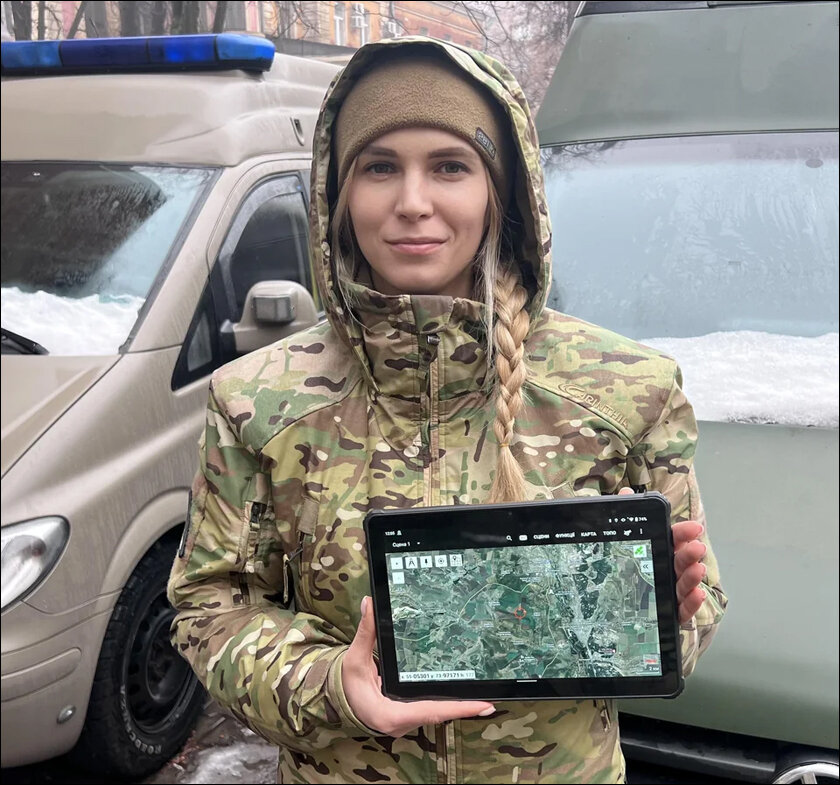
When Russia annexed Crimea in 2014, Ukrainian rebels needed maps. Instead of printing them, Army SOS, an activist-led NGO, began converting Android-based cheap tablets into smart units equipped with automated precision guidance.
The result became Kropiva – meaning nettle – a software that is part of a series of tech helping the Ukrainian army immensely. It converts any android tablet costing $150 or more into a basic unit of automated precision guidance system that can acquire and transmit coordinates for correcting artillery fire from its user, a drone or a radar, can calculate the distance to targets and direct artillery shots, use meteorological data like the speed and direction of wind, temperature and humidity etc. to guide each shot, use portable radio stations to get in touch with command centres in the absence of internet and the best thing is that the calculations are made and transmitted within seconds.
This has made the troops see their surroundings better and has allowed them to guide artillery with greater clarity, precision and speed.
The Russian military does not yet have a similar software and they have to do many of the same things manually taking a lot of time and effort and thus slowing attacks. The result is that underdogs have ended up becoming the Davids against the mighty, rich Goliath that is the Russian Army.
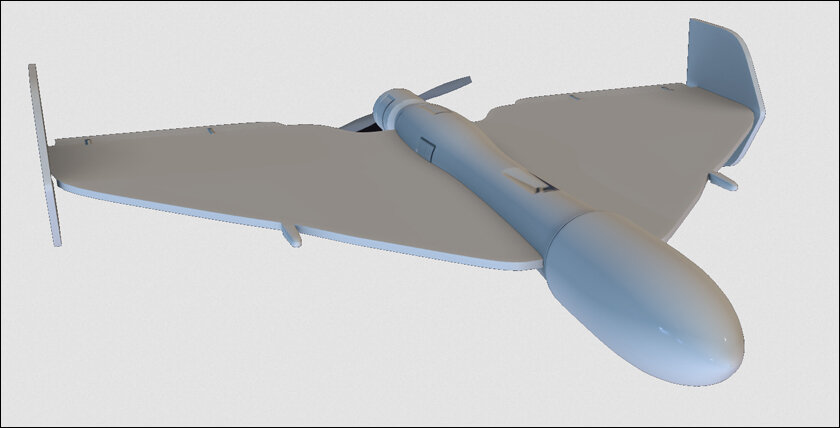
The Russians are not far behind. On October 17 last year, they attacked Kyiv with Iran-made Shahed 136 drones – Kamikaze drones nicknamed ‘mopeds’ because they are made of a type of engine found in lawnmowers. But they are deadly as each is fitted with an 80-pound warhead, can be launched from a truck, has a range of 1,550 miles and when attacking in a swarm, can overwhelm enemy defences. At $20,000 a piece, they have taken down infrastructure worth millions that even the widely used but a million dollar a piece Kalibr cruise missiles have not been able to do.
The Russian Army has not only used it to target Ukrainian troop positions and vehicles, but also terrorise civilians and disable essential infrastructure. These cheap ‘mopeds’ have even led the US to threaten Iran and impose further sanctions against them.
Eyes in the Skies
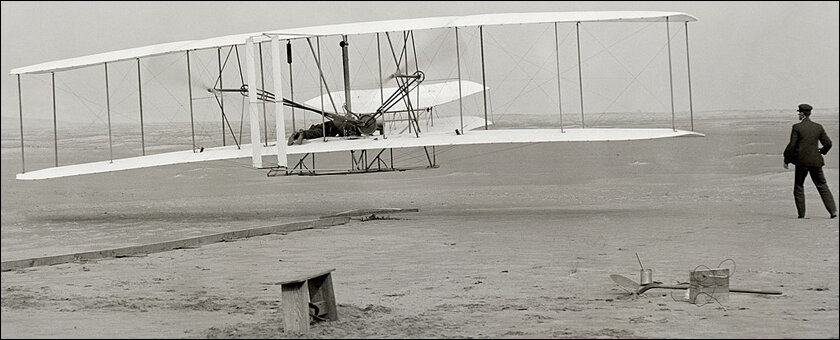
As you will notice, most attention and adoption of these inexpensive technologies have been airborne. This is mainly for two reasons.
The first is that the sky being empty, unlike the ground, gives ample strategic advantages not only in terms of the speed of movement but also when it comes to sneaking up on the enemy and pursuing them. Air vehicles also give a clear line of sight of the enemy and their movements. This is why fighter planes have always been sought after by militaries across the world as they have often changed the face of a war quickly. But air forces are expensive, hard to set up and maintain.
The second reason is that though the technology of giving things flight is 120-year-old, aerodynamics – the field it gave birth to – did not progress as fast in the first hundred years, as it has in the last 20. Simple computers first, and since a decade AI has given ‘wings’ to the study of flight. The result is an explosion of theories and thus technologies to make things lift up using different stratagems. Thus unlike just the aeroplane and helicopter in the first 100 years, in the 20 years since you see the invention of drones, jet packs that help humans fly, flying cars and bikes and funniest of all, even a flying cycle.
Like the first rudimentary planes used in World War I, these flying things being used in the Ukraine-Russia war, are just the first step in the full-scale weaponization of every system of flight. As the years pass these will become so much more mainstream, deadly and cheap that it will become a real threat not just to soldiers, but civilians as well, as a swarm of cheap drones can overwhelm any air defence system.
Already the world is taking notes. Lockheed Martin Corporation, the American aerospace, arms, defence, information security, and technology behemoth, is investing $100M into combat drones that will be controlled by F-35 fighter planes. Called ‘Project Carrera’, under this the pilot will lead a swarm of drones into war instead of going alone and based on the mission, can do a variety of things that current technologies do not allow.
Fearing a looming war, Taiwan is also investing heavily in these cheap drones. India has also recently begun promoting companies that are developing drones that can be used by its armed forces.
While it bodes well for armies fighting or defending territories, it is dangerous for humans both on the battlefield and outside. The infusion of Artificial Intelligence into these machines makes it worse. Various global bodies have demanded a ban on using robots and AI in war. Because the truth, which no one should ever forget is this: the better and cheaper these weapons get, the easier it becomes to kill humans.
In case you missed:
- Deep Impact: How Cheap AI like DeepSeek Could Upend Capitalism
- When AI Meets Metal: How the Marriage of AI & Robotics Will Change the World
- What are Text-to-Video Models in AI and How They are Changing the World
- Why is OpenAI Getting into Chip Production? The Inside Scoop
- How Lionsgate-Runway Deal Will Transform Both Cinema & AI
- Kodak Moment: How Apple, Amazon, Meta, Microsoft Missed the AI Boat, Playing Catch-Up
- Microsoft’s Quantum Chip Majorana 1: Marketing Hype or Leap Forward?
- 9 new ways to power data centers: the unthinkable to the absurd
- PSEUDO AI: Hilarious Ways Humans Pretend to be AI to Fool You
- Susan Wojcicki: The Screaming Legacy of The Quiet Architect of the Digital Age



